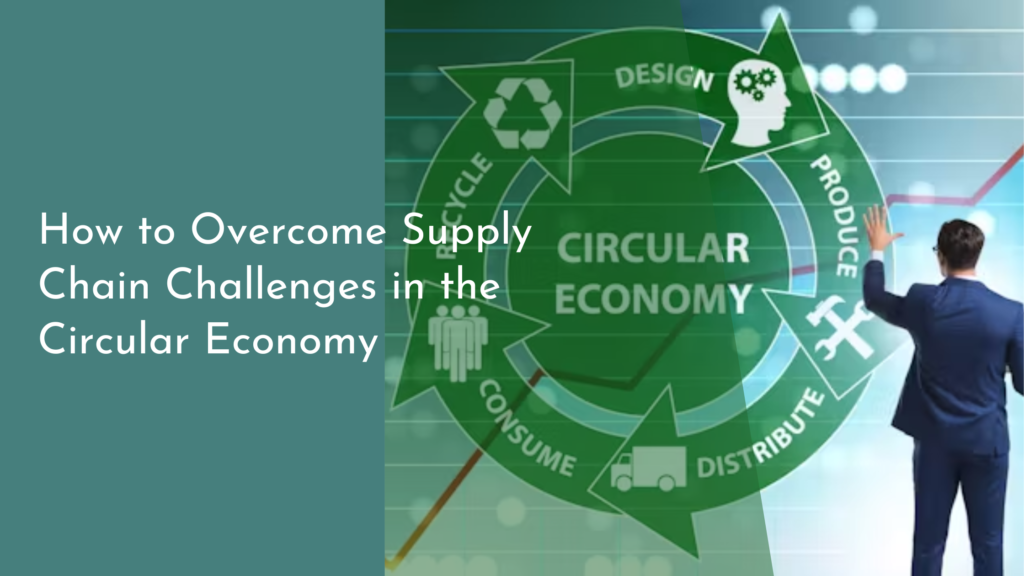The Role of Carbon Offsetting in Protecting Endangered Species
In an era where climate change poses significant threats to global biodiversity, innovative solutions are crucial for ensuring the survival of endangered species. Carbon offsetting has emerged as a valuable tool in the fight against both climate change and biodiversity loss. By compensating for carbon emissions, these initiatives not only help mitigate climate impacts but also provide essential support for wildlife conservation efforts. This article explores the intricacies of carbon offsetting and its potential to protect endangered species for future generations.
Understanding Carbon Offsetting Basics
Carbon offsetting is a practice where individuals or companies invest in environmental projects to compensate for their carbon emissions. These projects may involve renewable energy, reforestation, or energy efficiency programs, all designed to reduce the amount of carbon dioxide in the atmosphere. By financially supporting these initiatives, emitters can balance out their carbon footprint, contributing to a net reduction in global greenhouse gas emissions. The primary aim of carbon offsetting is to encourage sustainable practices and foster a transition towards a low-carbon economy.
The process of carbon offsetting is not only a market-based mechanism but also an ethical commitment to environmental responsibility. It involves calculating one’s carbon emissions, purchasing carbon credits, and investing in projects that are verified to deliver measurable reductions in carbon dioxide or other greenhouse gases. This ensures that even if emissions cannot be completely eliminated, they can be equated to positive environmental actions elsewhere. This system promotes a broader awareness of climate change issues and incentivizes both businesses and individuals to adopt more sustainable behaviors.
How Carbon Offsetting Supports Wildlife
Carbon offsetting projects can directly benefit wildlife by preserving and restoring natural habitats, which are essential for the survival of numerous species. Projects such as reforestation or forest conservation play a critical role in providing habitats for animals and plants, including many endangered species. By maintaining these ecosystems, carbon offsetting ensures that species have the space and resources needed to thrive. In turn, these ecosystems contribute to carbon sequestration, creating a mutually beneficial relationship between climate mitigation and biodiversity conservation.
Furthermore, carbon offsetting schemes often generate funding for community-based conservation initiatives, which can lead to enhanced protection for endangered species. Local communities are often the stewards of biodiversity-rich areas, and their involvement is crucial for the success of conservation efforts. These projects can provide alternative livelihoods, reduce deforestation pressures, and increase awareness about the importance of conserving wildlife. By aligning conservation goals with community interests, carbon offsetting can lead to sustainable and long-lasting benefits for endangered species.
Successful Case Studies in Species Protection
One remarkable example of carbon offsetting contributing to species protection is the Kasigau Corridor REDD+ Project in Kenya. This initiative aims to reduce deforestation and forest degradation while protecting a critical wildlife corridor. The project area is home to endangered species such as elephants, leopards, and giraffes. By protecting over 200,000 hectares of dryland forest, the initiative not only offsets carbon emissions but also preserves vital habitats for these species. The project has successfully engaged local communities in conservation efforts, offering employment and education opportunities that further enhance its impact.
Another success story is the Alto Mayo Conservation Initiative in Peru, which focuses on protecting the rich biodiversity of the Peruvian Amazon. This initiative addresses deforestation threats by working with local farmers to adopt sustainable coffee-growing practices. The project has significantly reduced deforestation rates, preserving habitats for species like the Andean spectacled bear and numerous bird species. By integrating carbon finance with conservation goals, the Alto Mayo initiative exemplifies how carbon offsetting can drive effective biodiversity conservation.
A Bright Future for Endangered Species
As awareness of climate change and biodiversity loss grows, the role of carbon offsetting in protecting endangered species is likely to expand. With more businesses and individuals recognizing their environmental impact, the demand for carbon credits linked to wildlife conservation projects is expected to increase. This trend could lead to more significant investments in habitat restoration and protection, offering new hope for species teetering on the brink of extinction. By tapping into the power of carbon offsetting, we can develop a more integrated approach to climate and conservation challenges.
Innovative carbon offsetting projects are continually being developed, harnessing technology and creative partnerships to enhance their effectiveness. From using satellite imagery to monitor deforestation to collaborating with indigenous communities, these projects are becoming more sophisticated and impactful. As these initiatives gain momentum, they could play a pivotal role in safeguarding the planet’s biodiversity. A future where carbon offsetting helps to protect endangered species is not only possible but promising, offering a vision of a healthier and more sustainable world.
The synergy between carbon offsetting and wildlife conservation holds immense potential for positive environmental change. By addressing climate change and biodiversity loss simultaneously, these initiatives create win-win scenarios for both humans and nature. As we continue to innovate and refine carbon offsetting practices, we pave the way for a brighter future where endangered species can thrive. Embracing these opportunities allows us to contribute to a sustainable world that cherishes and protects its precious biodiversity for generations to come.

